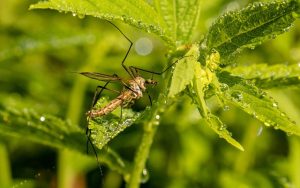Understanding the unique behaviors of mosquitoes and ticks is crucial for effective control. Targeted strategies include using repellents, screens, and professional-grade products. Eliminating breeding grounds (standing water for mosquitoes, moist areas for ticks) is key. Distinguish between chemical and natural repellents, with experts recommending a combination for optimal protection. Physical barriers like nets and clothing reduce bites. Professional extermination services handle severe infestations safely and effectively, addressing breeding grounds. Eco-friendly alternatives to pesticides promote environmental stewardship. Targeted treatments based on 'hotspots' offer efficient control. Year-round preparation, including inspections and maintenance, prevents seasonal peaks. Community efforts enhance local responses, fostering healthier environments free from mosquitoes and ticks.
Mosquitoes and ticks are more than just pesky insects; they pose significant health risks, transmitting diseases like Zika, West Nile, Lyme, and others. Effective mosquito and tick extermination requires understanding their behavior, identifying breeding grounds, and employing strategic control methods. This article explores a comprehensive approach to mosquito and tick control, from recognizing patterns and habitats to adopting chemical-free repellents, professional interventions, and community efforts, ensuring a safer, healthier environment for all.
Understanding Mosquito and Tick Behavior: Knowing Their Patterns
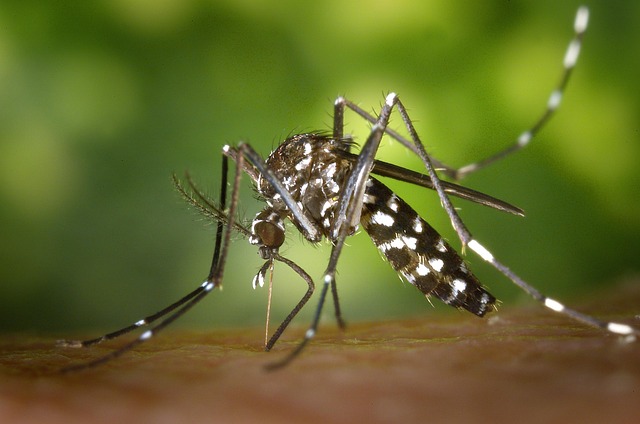
Understanding the behavior of mosquitoes and ticks is a critical step in implementing effective mosquito and tick control measures. Mosquitoes, drawn to carbon dioxide, heat, and moisture, tend to be most active during dawn and dusk. They breed in standing water, so eliminating these habitats around your property can significantly reduce their population. Ticks, on the other hand, are primarily active during warm months and often seek hosts by waiting for them to pass by—a behavior known as “questing.” They prefer grassy and woody areas, making regular yard maintenance crucial for prevention.
Both insects follow distinct feeding patterns; mosquitoes insert their proboscis into skin to draw blood, while ticks attach themselves firmly to hosts and feed slowly. Knowing these behaviors allows homeowners to employ targeted strategies such as using insect repellents, installing window screens, and treating outdoor areas with professional-grade mosquito and tick control products.
Identifying Breeding Grounds: Where They Thrive

Mosquitoes and ticks are pests that thrive in specific environments, making it crucial to identify their breeding grounds for effective mosquito and tick control. These insects breed in standing water, so eliminating stagnant pools is a key step in prevention. From small puddles to large bodies of water, even tiny accumulations can serve as breeding sites for these vectors of disease. Regularly clearing away water from containers like buckets, flower pots, and old tires can significantly reduce their population.
Ticks, on the other hand, prefer moist, shady areas with dense vegetation, where they wait for host animals to pass by. They are particularly common in long grass, underbrush, and around wooden structures. Understanding these habitats allows property owners to implement measures such as maintaining mowed lawns, trimming shrubs, and using barriers to create a less inviting environment for these pests, thus enhancing mosquito and tick control efforts.
Effective Mosquito and Tick Repellents: Chemical vs Natural
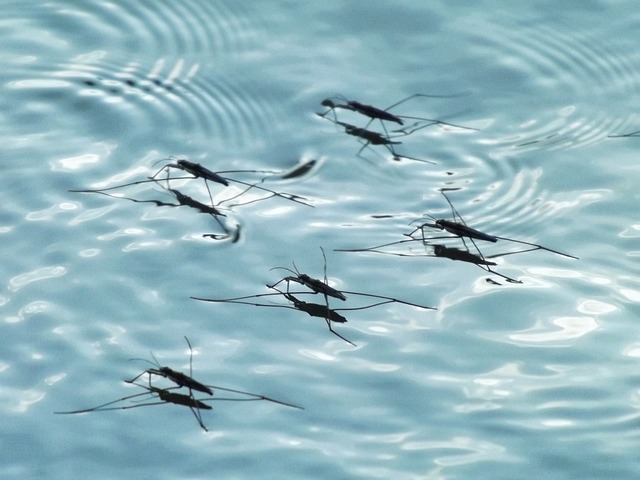
When it comes to effective mosquito and tick control, understanding the difference between chemical and natural repellents is key. Chemical repellents are known for their strong, synthetic scents that can mask human odors, making them less attractive to insects. While they offer immediate protection, these chemicals may raise concerns due to potential health risks and environmental impact. On the other hand, natural repellents leverage ingredients like citronella, eucalyptus oil, or neem oil, which are safer for both humans and pets but require reapplication more frequently.
Natural methods provide a greener alternative for mosquito and tick control, appealing to those who prioritize eco-friendly solutions. These organic compounds disrupt insects’ sensory systems without leaving harmful residues. However, their effectiveness may vary based on factors like concentration and environmental conditions. For optimal protection, many experts recommend combining natural repellents with strategic placement of traps or elimination of standing water—common breeding grounds for both mosquitoes and ticks.
Physical Barriers: Nets, Screens, and Clothing
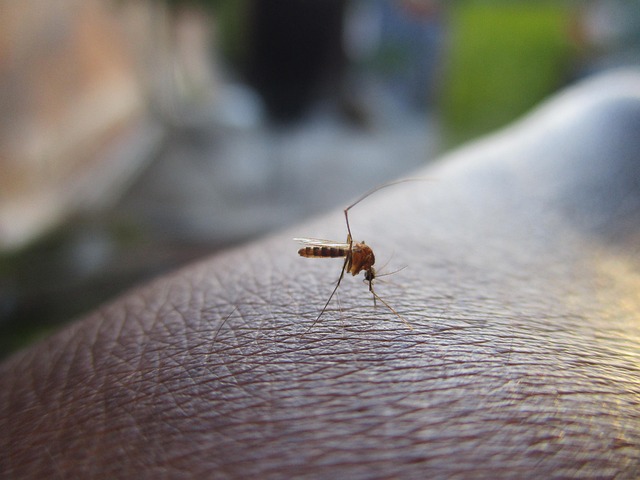
Physical barriers play a crucial role in mosquito and tick control, offering a simple yet effective way to protect against these pests. One of the most common methods is using nets and screens, especially in sleeping areas. These physical defenses create a protective layer, preventing insects from reaching their human targets. Bed nets, for instance, have been used for centuries and remain an essential tool in many parts of the world, particularly in regions with high mosquito-borne disease transmission.
Clothing is another significant barrier. Long sleeves, pants, and closed shoes can significantly reduce exposure to both mosquitoes and ticks. In areas where these pests are prevalent, wearing protective clothing is not just a fashion statement but an essential part of daily life. This simple step can significantly lower the risk of bites, making it a practical and accessible method for mosquito and tick control in everyday settings.
Professional Extermination: When to Call in the Experts
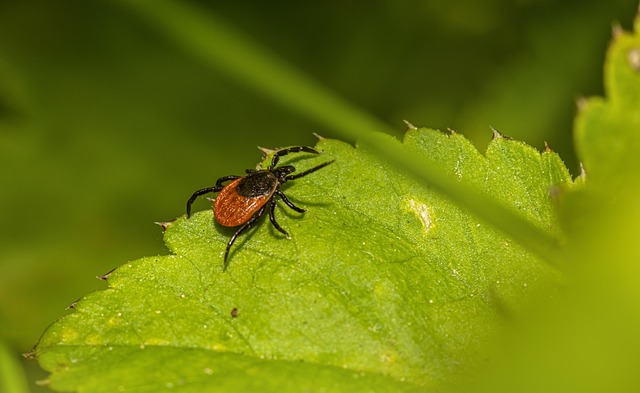
Professional extermination services are often the best course of action when it comes to severe or persistent mosquito and tick infestations. While DIY methods can be effective for minor issues, heavy populations require specialized knowledge and equipment. Experts in mosquito and tick control employ advanced techniques such as strategic spraying, trap deployment, and environmental modifications to ensure long-lasting results.
Calling in professionals is particularly crucial if you suspect resistance to common repellents or pesticides has developed. They have access to a wider range of safe and effective products designed specifically for these pests. Moreover, professional exterminators can identify and address breeding grounds, providing comprehensive solutions that prevent future infestations. This proactive approach not only protects your health but also saves time and money in the long run.
Safe and Eco-Friendly Methods: Minimizing Environmental Impact
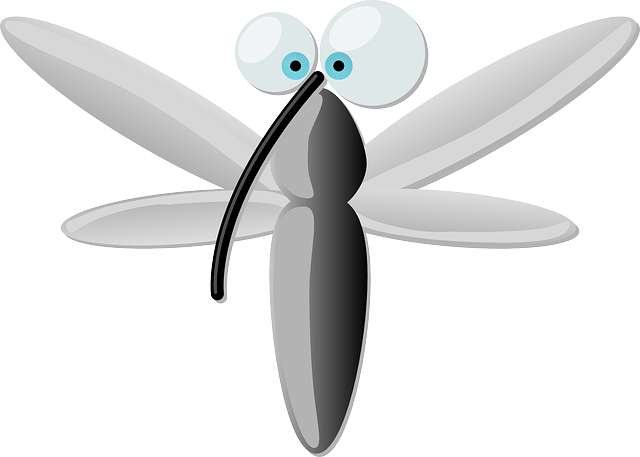
When it comes to mosquito and tick extermination, prioritizing safety and environmental responsibility is paramount. Traditional chemical pesticides may offer quick relief, but they can also have detrimental effects on non-target species, including beneficial insects and wildlife. Fortunately, there are numerous safe and eco-friendly methods available for effective mosquito and tick control.
Integrating natural solutions like plant-based repellents, biological controls, and targeted applications of organic pesticides can significantly reduce environmental impact. For instance, using citronella candles or essential oils can deter mosquitoes naturally. Additionally, introducing beneficial insects such as spiders and ladybugs can help regulate tick populations by feeding on their larvae and adults, respectively. These methods not only minimize harm to the ecosystem but also promote a healthier balance in your outdoor spaces.
Targeted Treatments: Spotting and Eliminating Hotspots
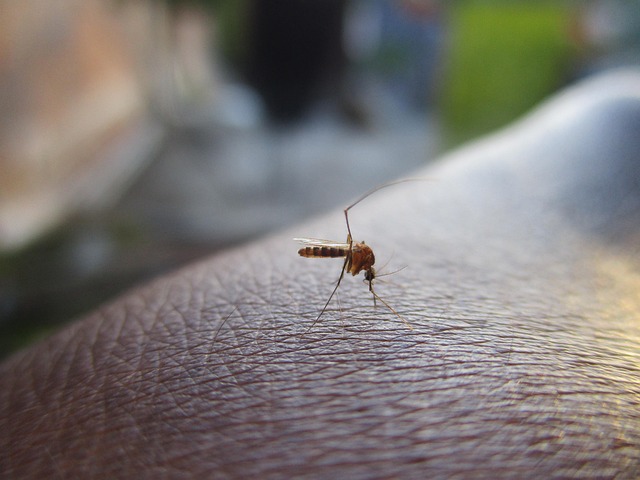
When it comes to mosquito and tick extermination, targeted treatments are crucial for effective pest control. The first step in this process is identifying hotspots—areas where these pests tend to congregate. These spots can vary greatly depending on the environment; mosquitoes often breed in stagnant water while ticks prefer tall grass and woody areas. Once these hotspots are located, professionals can employ precise methods to eliminate them.
This involves using specialized products designed for specific pest types. For mosquitoes, this might include larvicides applied to standing water sources. Tick control, on the other hand, may require a combination of repellents, traps, and targeted applications of insecticides to disrupt their life cycles and prevent infestations. By focusing these treatments directly on identified hotspots, professionals can significantly reduce mosquito and tick populations, providing a more effective and environmentally responsible approach to pest management.
Seasonal Strategies: Preparedness Throughout the Year

Mosquitoes and ticks are seasonal pests that require year-round preparation for effective mosquito and tick control. A comprehensive approach involves understanding their life cycles and habitats, as well as proactive measures to limit their breeding grounds. During warmer months, when these insects are most active, regular inspections of properties, including yards and gardens, are essential. Eliminating standing water, trimming vegetation, and securing outdoor living spaces can significantly reduce mosquito and tick populations by disrupting their breeding cycle.
For added protection, consider professional services that offer tailored solutions for mosquito and tick control. Seasonal treatments, combined with ongoing maintenance, ensure a safer environment throughout the year. By implementing these strategies, homeowners can take proactive steps to minimize the risk of bites and diseases associated with these pests, promoting a healthier outdoor lifestyle.
Community Efforts: Collaborating for Sustainable Control
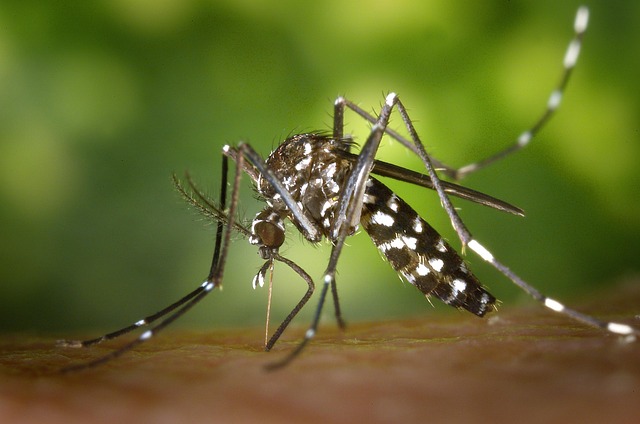
Community efforts play a pivotal role in effective mosquito and tick control, fostering sustainable environments free from these pests. By pooling resources and knowledge, residents can significantly reduce breeding grounds and habitats. Simple yet impactful actions like removing standing water, maintaining landscapes, and using insect repellents collectively create a robust defense mechanism against these vectors of disease.
Collaboration strengthens local responses to mosquito and tick infestations, ensuring timely interventions and minimizing the risk of disease transmission. Community-led initiatives can include educational programs, regular surveillance, and coordinated treatment strategies, ultimately leading to healthier and safer living spaces for all.
